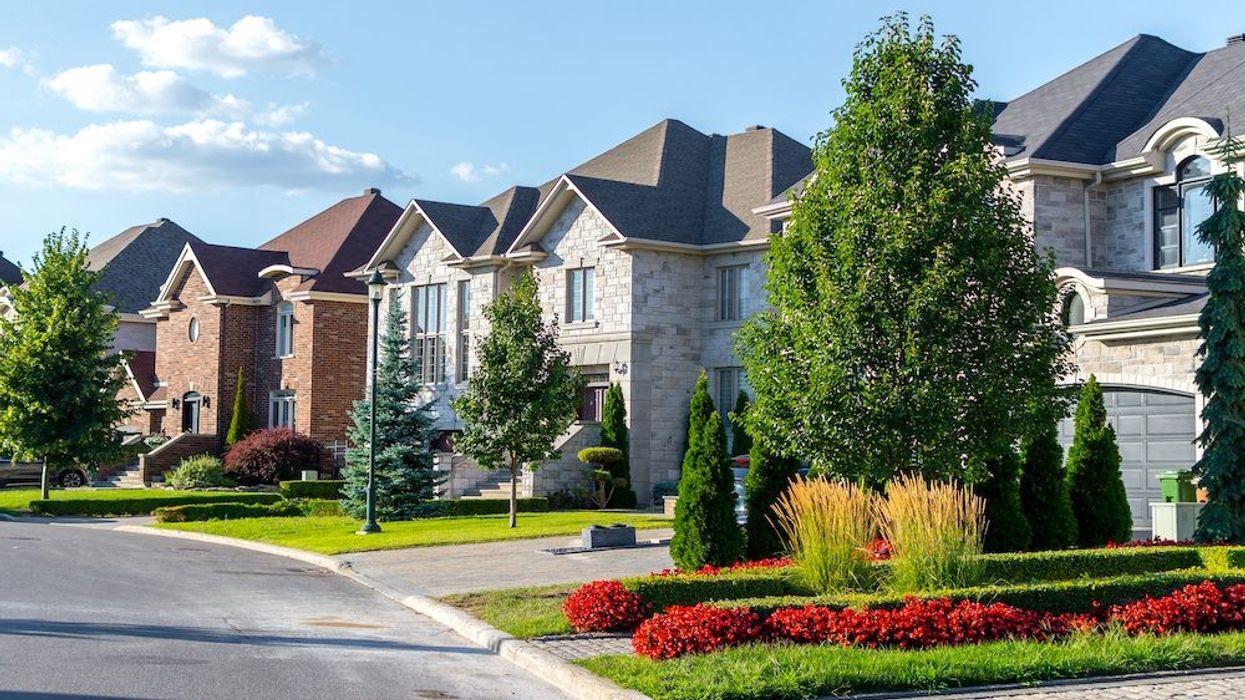After years of talk from the province’s political parties of all stripes, Christopher Alexander would like to see -- finally -- some real action taken on Ontario’s supply crisis.
“From our perspective, the challenge has been supply and demand. That’s well-documented now, but that’s our issue. And we are really far behind in development and housing starts,” The President of RE/MAX Canada tells STOREYS. “There was an almost two-decade long pause in new housing starts in the early 90s, and we’re starting to experience the effects of that -- we have been for the past five or six years.
“The Conservatives were the first party that tried to address it; they were talking about this six or eight months ago. They put a committee together with all their proposed ideas -- are any of them going to be a magic pill? Probably not. But what I’m most encouraged by is that they’re starting to try and fix it instead of just putting demand-cooling measures in place like taxes and foreign buyer bans.”

The province-appointed Housing Affordability Task Force released in February a total of 55 recommendations to achieve the goal of creating 1.5M housing units over the next decade. Some of the suggestions have been received with controversy -- namely the removal of local citizen feedback at the planning stage and measures to reduce the “abuse” of heritage designation powers. But others, such as the removal of exclusionary zoning to increase missing middle housing, have been embraced by affordable housing advocates and builders alike. However, that measure has yet to come to fruition, as it was left out of both the previous government’s More Homes for Everyone legislation, and the provincial budget.
READ: Affordable Housing Orgs Call for Rent Control, Inclusionary Zoning from Returning PCs
Eroding housing affordability has long been a key issue for Ontarians, but was an especially hot-button topic in this most recent provincial election, as the average home price experienced supersonic growth over the course of the pandemic. In the Greater Toronto Area , the average home price cost over $200,000 more this May than it did in March 2020, an increase of 22.7% -- and that’s after considerable short-term softening in the market. When compared to the price peak recorded this February, home prices had swelled by more than $430,000 compared to two years ago, up 47.8%.
After witnessing how pent-up demand drove home prices and decimated listings over the course of the pandemic, a more long-term and measured approach to the challenge -- and especially addressing the hurdles facing development at the approval stage -- will be paramount to effectively bringing more supply online, Alexander adds.
“The development initiatives around removing red tape is the big one because just all over the province there’s roadblocks into progress at almost every level,” he says. This is a significant challenge for builders of all sizes, as delays push up associated costs, and lead to considerable markup for homebuyers.
“For example, a friend of mine bought a building, and she’s converting into rental units in a smaller town that’s in desperate need of rental housing. She got all the plans done to add the units -- these are non-existing units now, but they’re going to go into the pool of housing -- and she got everything done and then they [the municipality] said to her, ‘Oh, you need an architect to do some minor adjustments.’ And you can probably argue that it’s for safety purposes, and that’s all well and good… but they need to find a way to streamline it, because projects take forever to get approved. It compounds the issues because by the time you apply and get approved, it’s been a couple of years, especially for a condominium, and then your costs have gone up exponentially over that time so you’ve got to charge more, which adds to the affordability crisis.”
Finally, he adds, the incoming government will need to address the issues of where to build with municipalities, striking a balance between housing creation and environmental protections.
“We can’t suck and blow as a society and we have a problem; our inherent issue is we’ve got the lake to the south of the city, the GTA, and the Greenbelt to the north so we’re in a very difficult position. And I ask people, ‘Ok, fine, you don’t want inclusionary zoning? Well, do you want to rip up the greenbelt a little bit?’ ‘No, I don’t want to do that, that’s bad for the environment.’ Well, then, what is it? You can’t have it all. I think as a province and particularly southern Ontario, some very difficult decisions need to be made.”


















